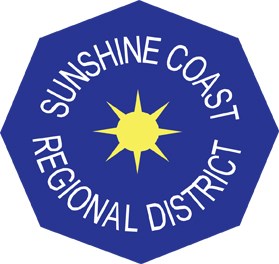It could take at least five years before the Sunshine Coast gets a new landfill – almost the same amount of time that’s left in the existing landfill’s life.
“Can we actually get a new landfill done before our landfill runs out?” asked Area A director Leonard Lee at a May 16 infrastructure meeting where Sunshine Coast Regional District (SCRD) directors pored over a cluster of reports about waste and the Sechelt landfill – including a projection that the landfill is expected to reach capacity by 2025.
“It would take five plus years,” responded general manager of infrastructure Remko Rosenboom, adding that if the SCRD opts for a new landfill, versus shipping garbage off-Coast or to a waste-to-energy facility, “we don’t have a lot of time to waste.”
The lifespan of the landfill was estimated to be just shy of seven years in December 2018, according to an annual report presented at the meeting. And while it’s already outlasted previous estimates – in 1995, a provincially approved closure plan indicated the landfill would reach capacity by 2016 – preliminary decisions about what to do next remain in the early stages.
First, directors worked through options for extending the life of the landfill, ultimately settling on a decision to find out whether they can renegotiate a contract with the landfill operator to purchase and operate a waste bailer or shredder, which could free up more space and extend the landfill’s life – at a purchase and setup cost of between $500,000 to $1 million.
Then, directors tackled the question of what happens once the landfill reaches capacity.
A staff report recommended creating a 2020 budget proposal for examining the feasibility of developing a new landfill on the Sunshine Coast – an intense, multi-stage process requiring strict site assessments, provincial approvals, environmental assessment, a review of other options and public consultation, among other steps. Lee asked if they could expedite the timeline, but infrastructure manager Rosenboom said they’re limited by a lack of financial and staff capacity.
As a means of speeding up the process, Roberts Creek director Andreas Tize suggested that the staff prepare and tender a request for proposals as soon as possible so they can choose a contractor to conduct the analysis once the budget proposal is approved.
Directors voted unanimously in favour of the motion.
To fund the closure liability, directors voted for an incremental annual taxation increase of $125,000 for four years.
The 2025 closure date is based on status quo diversion programs.



